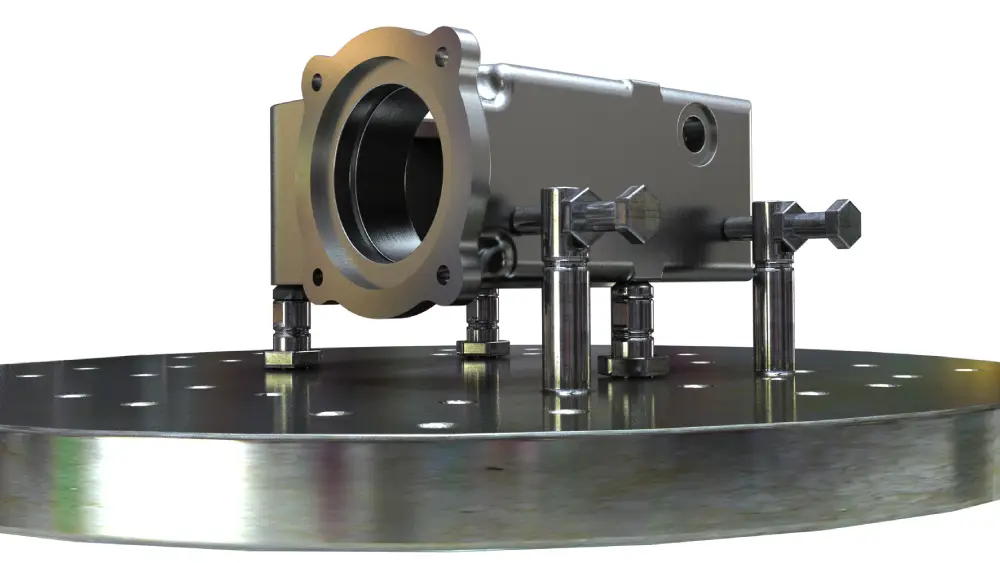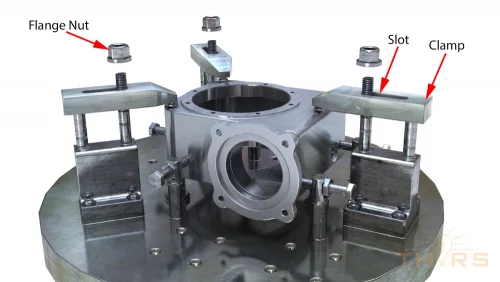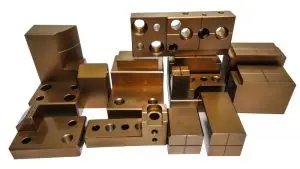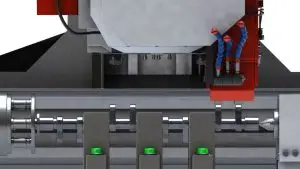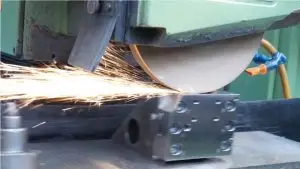Course Description
Fixturing Fundamentals for Machining introduces learners to the basic equipment, concepts, and general terminology that are often applied for fixturing or workholding. The important and yet sometimes overlooked process of metal part fixturing is brought to life in this course using realistic 3D models of actual parts. Helpful animations are also provided for concepts such as the 3-2-1 Principle and how to arrest the 12 degrees of freedom. The material in this course is beneficial to both experienced fixturing or workholding veterans and to learners new to the industry.
Who will benefit from this Fixturing for Machining course?
Organizations that utilize machining in their manufacturing process; Procurement, supplier quality, engineering, and operations personnel of organizations that design and purchase machined components.
Course Classification
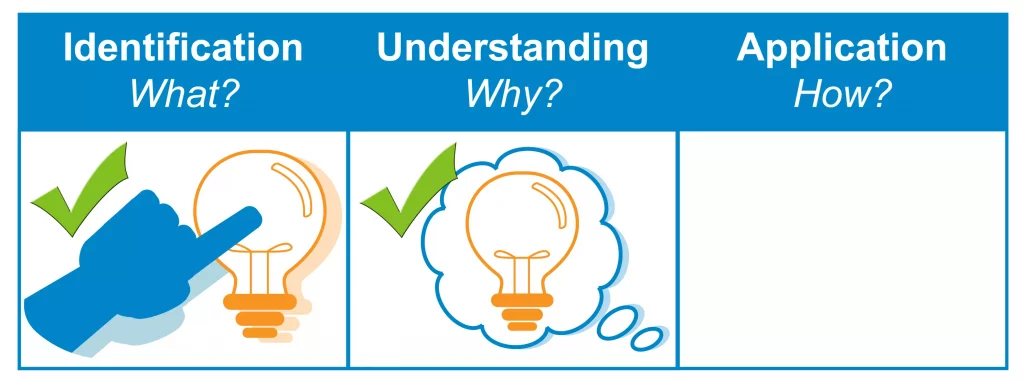
*THORS uses the Bloom’s Taxonomy Methodology for our course development.
Certificate Awarded for Fixturing Fundamentals for Machining
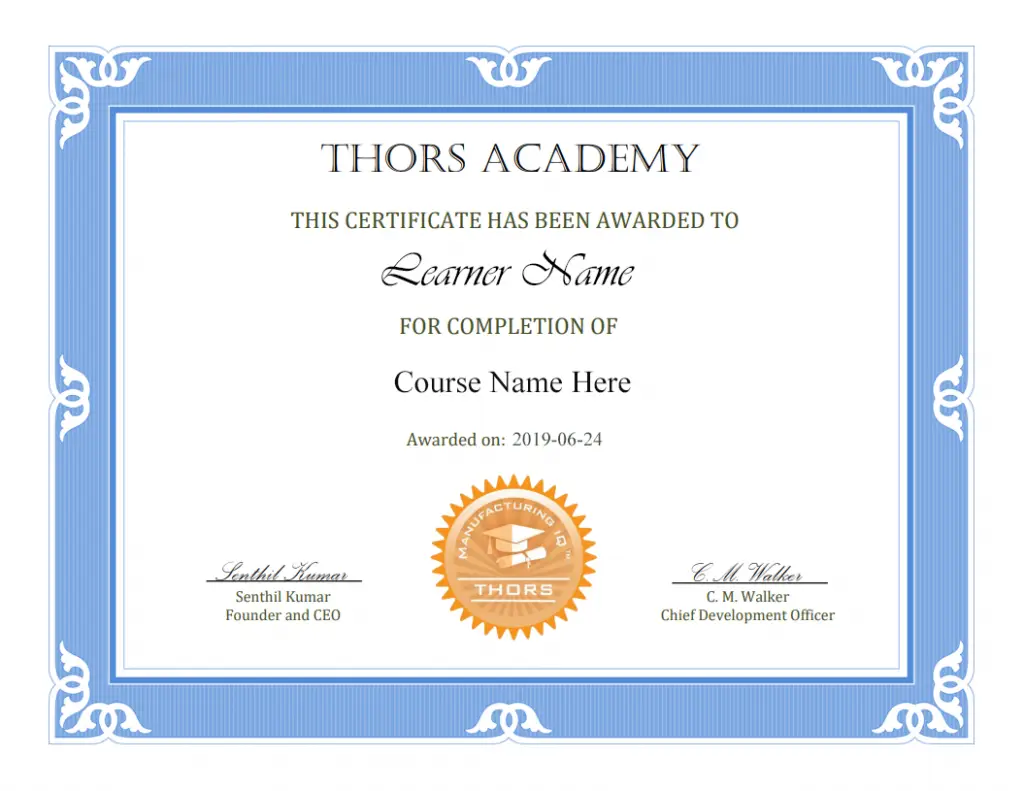
*upon successful completion
Related Posts

eLearning Support for On-Site Training
eLearning has emerged as a revolutionary force in the realm of learning and professional development, evolving into an imperative tool in today’s competitive landscape. The
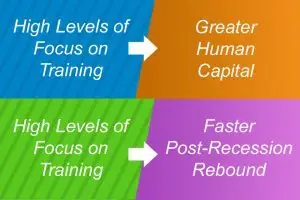
Training Perspective: Looking Back to Look Ahead
Companies are constantly reviewing ways to reduce costs and keep positive margins. During times of economic recession, external pressures from competitors as well as internal pressures

The Essential Skills of Modern Purchasing Professionals
In my professional career that spans more than three decades, I have had the privilege of working closely with purchasing. I can attest to the

